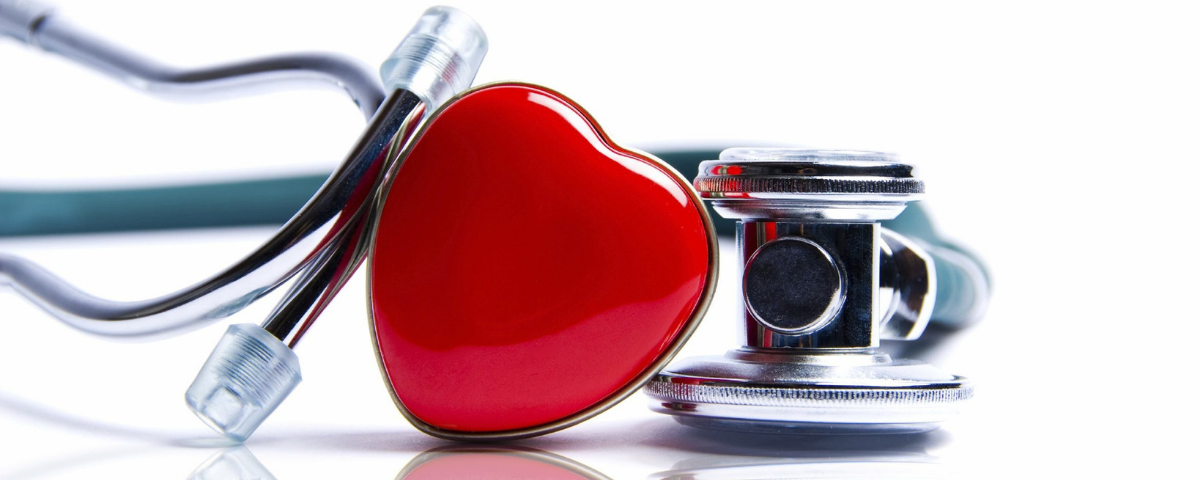
Don’t Fear the AED
According to the Occupational Safety and Health Administration (OSHA), approximately 10,000 people suffer sudden cardiac arrest (SCA) each year in the workplace. In sudden cardiac arrest, the heart abruptly stops beating. There are no warning signs and SCA can strike anyone regardless of age or health status. Without proper care, 95% of SCA victims will die before reaching the hospital. However, when an AED (Automatic External Defibrillator) is used in conjunction with high quality CPR, survival rates increase by 60%. The bad news? Only about 7% of workplaces in the U.S. have AEDs onsite and they often go unused in an emergency.
Having a colleague collapse is horrible and it can be difficult to react when you’re under stress and scared, but for each minute that passes without treatment a victim’s chances of survival drop by 10%. There’s really no reason to fear helping a colleague. As OSHA says, “With recent advances in technology, automated external defibrillators (AEDs) are now widely available, safe, effective, portable, and easy to use. They provide the critical and necessary treatment for sudden cardiac arrest.” To help you feel better about offering care, we’re addressing some of the common fears related to using AEDs.
1. What if I accidentally shock or hurt someone?
When used according to directions, AEDs are extremely safe. In fact, AEDs are designed not to give a shock unless it’s medically necessary. Unless the heart is beating irregularly, the AED will not shock the victim even if you push the shock button. Most AEDs also give a visual or audio cue to stand clear before delivering a shock to protect the safety of caregivers.
It’s often the thought of administering a shock to someone that makes people nervous. When you see defibrillation on TV, the “patient’s” entire body jumps from the force of the shock. Sometimes you’ll even see flailing arms or legs. In real life it’s nowhere near as dramatic. You’ll just notice a small shrug-like movement in the shoulder area when the shock is delivered.
2. What if I can’t remember my CPR training?
It’s common to forget things when you’re under extreme stress and it’s this thought that often makes people hesitate about offering care. What if I can’t remember what to do? What if I do something wrong? What if I make the situation worse? Would you feel better if you had a coach sitting next to you reminding you of the proper steps to take and giving you feedback as you performed CPR? We definitely think it would help. That’s why we’ve chosen to offer the ZOLL AED Plus. It’s the only AED on the market with Real CPR Help®. What does that mean? In addition to the visual cues printed on the top of every ZOLL AED Plus, the machine offers audio prompts to ensure you’re giving high-quality CPR every step of the way. Not pushing hard enough? The AED Plus will tell you when to push harder. Pushing hard enough? It will say, “Good compressions.” Not pushing fast enough? A metronome will lead you to the right rate. It will even show you the depth of each compression in real time. Compressions stopped? It will tell you to continue. With the help of the ZOLL AED Plus, you can feel confident in your ability to provide high quality care.
3. What about lawsuits? Can I be sued?
AED usage is covered by Good Samaritan laws in all 50 states and the District of Columbia. Good Samaritan legislation protects you from civil liability for voluntarily aiding someone in an emergency. The specifics of the laws will vary slightly from state to state, so it’s always a good idea to talk to your company’s lawyer as part of the process of establishing an AED program in your workplace.

